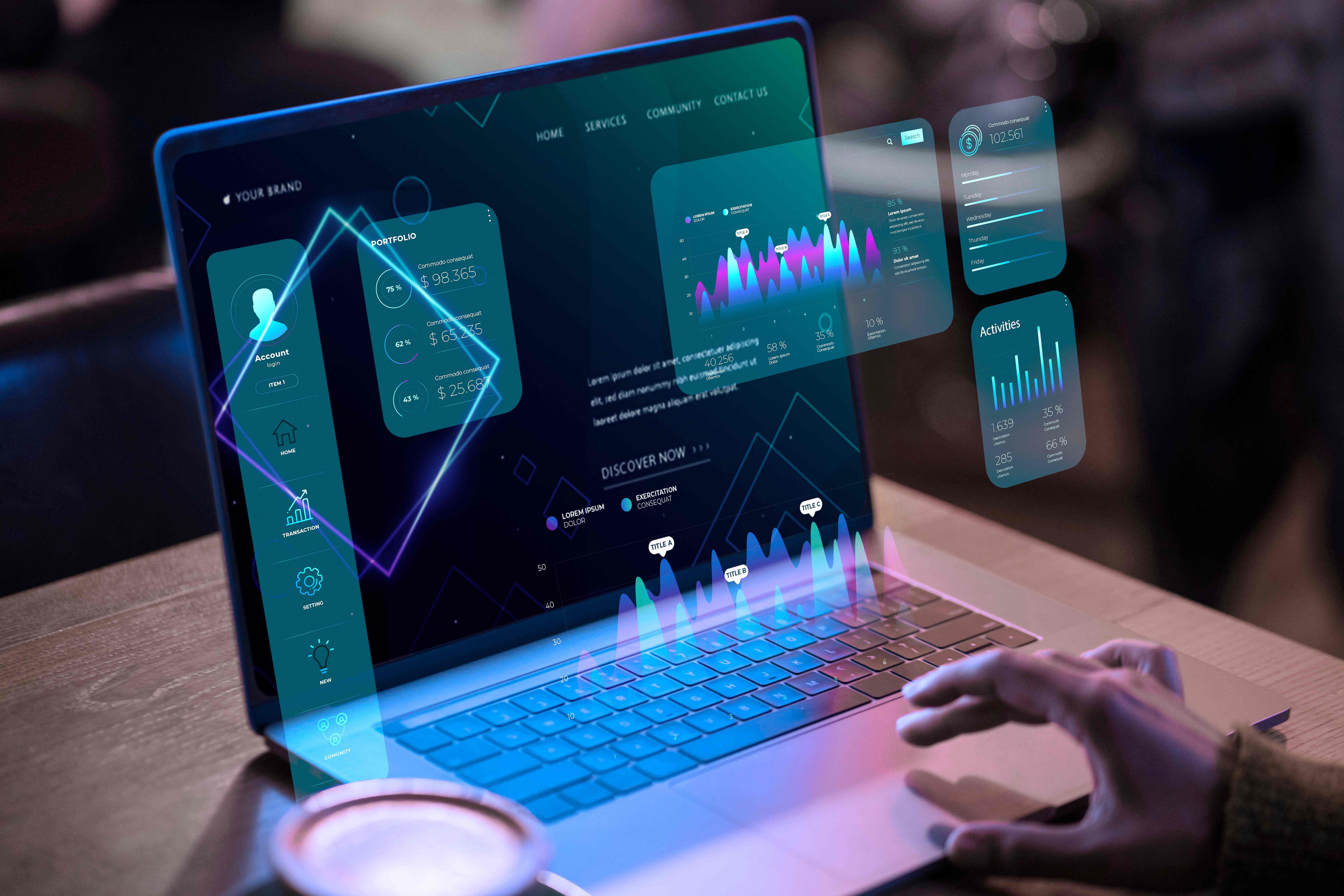Introduction to Forex
The foreign exchange (Forex) market is the world’s most liquid financial marketplace, moving more than $6 trillion every single day. It’s open 24 hours a day, five days a week, and attracts traders from every corner of the globe.
The appeal is obvious: you don’t need a huge starting balance, you can trade at almost any time that suits you, and there are countless opportunities to profit from currency movements.

But how do you actually begin? This guide breaks down the journey step-by-step, from understanding the basics to building strategies, practicing safely, and avoiding common mistakes.
Step 1: Understand the Basics
Before diving into trades, you’ll need to grasp the building blocks of Forex.

Currency Pairs
Every trade is made up of two currencies, like EUR/USD or GBP/JPY. The first is the “base” currency, and the second is the “quote.” Exchange rates show you how much of the quote currency you need to buy one unit of the base.
Pips and Trade Sizes
- Pip: the smallest price movement in most pairs, typically 0.0001.
- Lot sizes:
- Standard = 100,000 units
- Mini = 10,000 units
- Micro = 1,000 units (ideal for new traders)
Leverage and Margin
Leverage lets you control more with less, e.g. 100:1 leverage turns $1,000 into $100,000 in market exposure. It magnifies both profits and risks. Margin is the deposit required to open these leveraged trades.
Types of Orders
- Market order: buy/sell instantly at the current price
- Limit order: set your preferred entry price
- Stop order: automatically close to cap losses or protect gains
Step 2: Choose the Right Broker or Platform
Picking the right broker or prop firm is critical. You want:
- Transparency: clear spreads, fees, and payout terms.
- Stability: platforms with proven uptime and fair execution.
- Features: intuitive dashboards, analysis tools, and mobile access.
Some platforms now offer comparison hubs that make it easier to evaluate brokers and prop firms side-by-side. This saves you from hours of research and helps ensure you’re trading with a reliable partner.
Step 3: Build Your First Strategy
Random trades aren’t a strategy. To succeed, you need rules to guide when you enter, when you exit, and how much risk you take.

Popular beginner strategies include:
- Trend Following: riding a strong upward or downward market move using moving averages.
- Breakouts: trading when price breaks through key support or resistance.
- Range Trading: buying low, selling high within a defined price band.
The best strategies are simple, repeatable, and tested thoroughly before you go live.
Step 4: Manage Risk First, Profit Second
The number one rule of Forex trading is protect your capital.
- Never risk more than 1–2% of your account on a single trade.
- Always set stop losses.
- Avoid over-leveraging, even if it’s tempting.
Platforms with built-in risk controls can automatically detect breaches and help you stick to your rules.
Step 5: Practice With a Demo
One of the smartest ways to start is with a demo account. It mirrors real market conditions but uses virtual money.
Why it matters:
- Lets you test strategies safely.
- Familiarises you with the platform.
- Builds discipline and confidence.
- Helps you understand how emotions affect decision-making.

Treat your demo balance like it’s real money. That way, the habits you build carry over into live trading.
Step 6: Stay Informed
Forex is driven by global events. Interest rate decisions, inflation reports, and job data can all move markets within seconds.
Useful resources include:
- Economic calendars (Forex Factory, Trading Economics)
- Financial news outlets (Bloomberg, Reuters, Benzinga)
- Trading communities (forums, Discord, Telegram groups)
The more informed you are, the better your edge.
Step 7: Avoid Beginner Pitfalls
Most new traders lose money because they:
- Overtrade, chasing every move.
- Skip risk management.
- Chase losses emotionally.
Fixes:
- Stick to your plan.
- Use small, consistent position sizes.
- Accept that losses are part of the game.
Final Thoughts
Starting your Forex journey can feel overwhelming, but it doesn’t have to be. With a grasp of the basics, the right broker or prop partner, a strategy you trust, and a focus on risk management, you’ll put yourself miles ahead of most beginners.
Take your time, start small, and treat trading like a skill to master — not a get-rich-quick scheme.
Your next step? Open a demo, test your ideas, and build the confidence to move into live trading.
The opportunity is there. The tools are there. The question is — are you ready to start?

Lucy
Contributor
Lucy is a contributor to the PROPRIOTEC blog.
